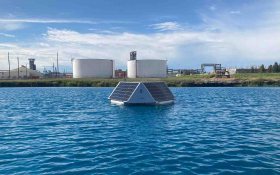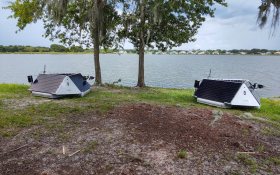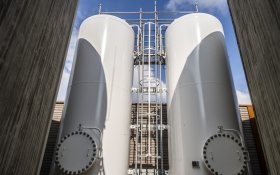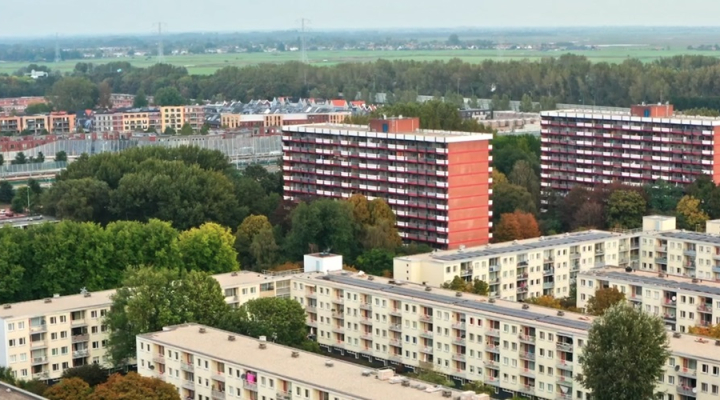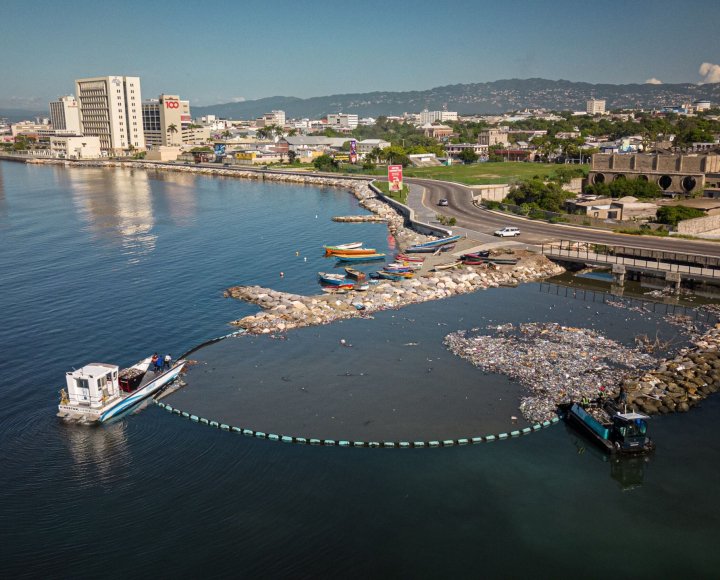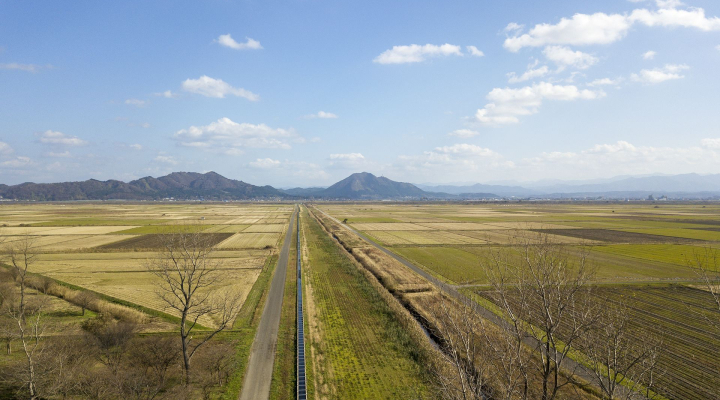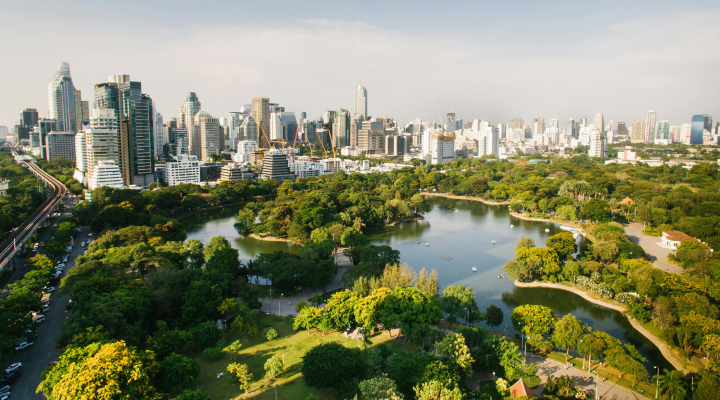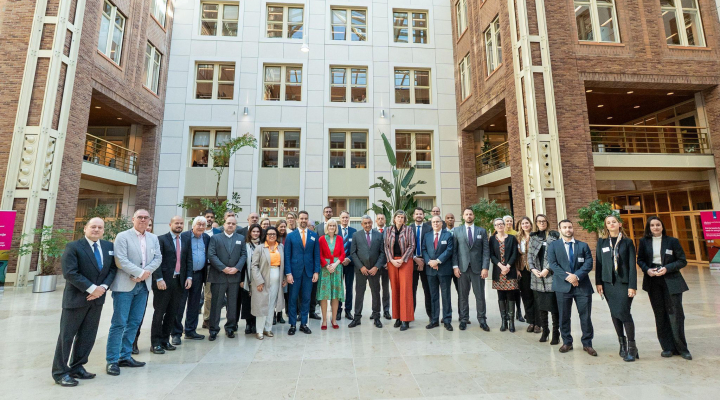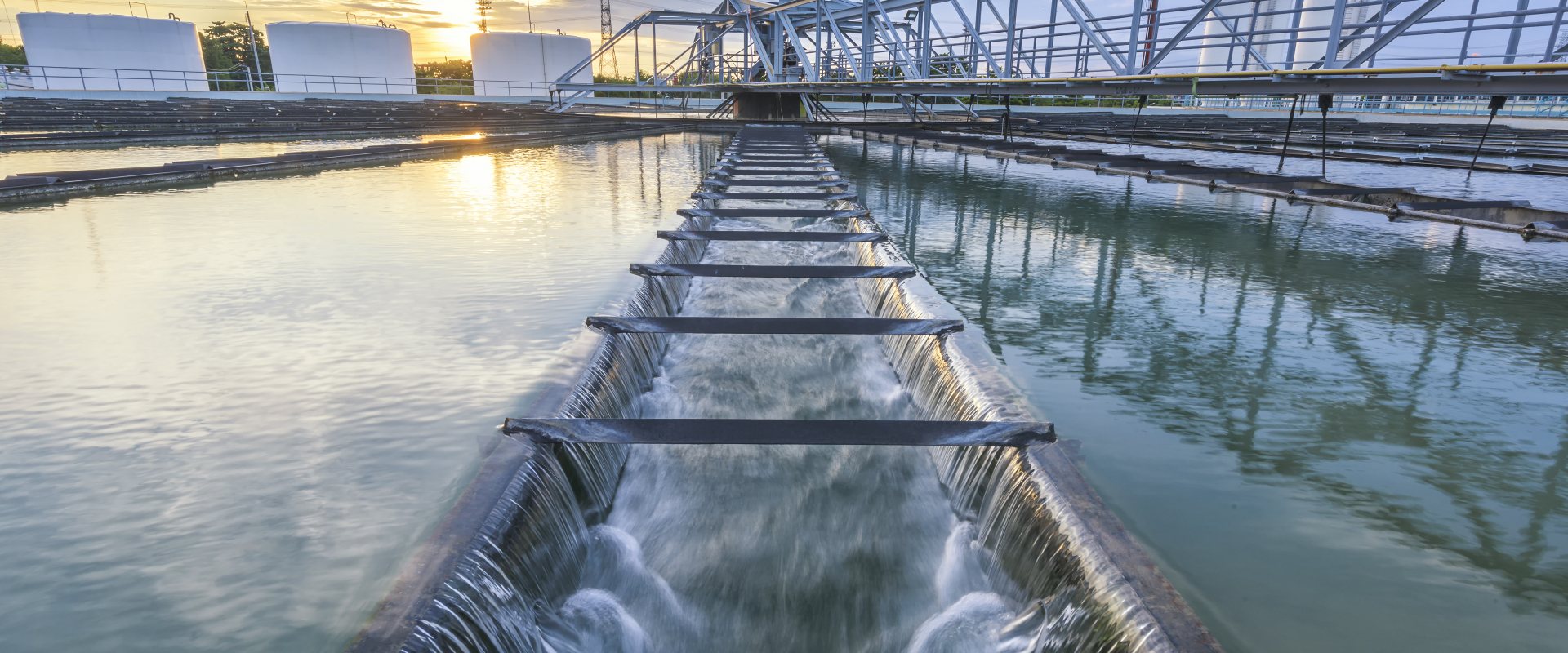
Optimising water infrastructure for multiple users
Frontier Ventures successfully applied its AquaVest artificial intelligence tool to support multiple water users in the development of a joint investment strategy in water infrastructure.
Application of the tool at a Dutch industrial area proved to be an eye-opener. With only a small additional investment, a 30 percent reduction proved possible on the water intake.
Future supply and demand
As a first step, AquaVest tool maps the available water resources and expected future water demand of all water users. The tool then explores different system solutions - including water technology options - to match future supply and demand at lowest costs.
The identified investments are then spread out most efficiently over the investment horizon. This leads to investment efficiencies of at least 15 percent.
Reduce water usage
The objective of the AquaVest tool is to reduce fresh water extraction, increase water recycling and reuse, and find innovative ways of recovering water resources.
Identifying the right measures is difficult as fresh water resources are often used and managed by a variety of stakeholders. Not only the agricultural or industrial sectors, but also local communities and water authorities.
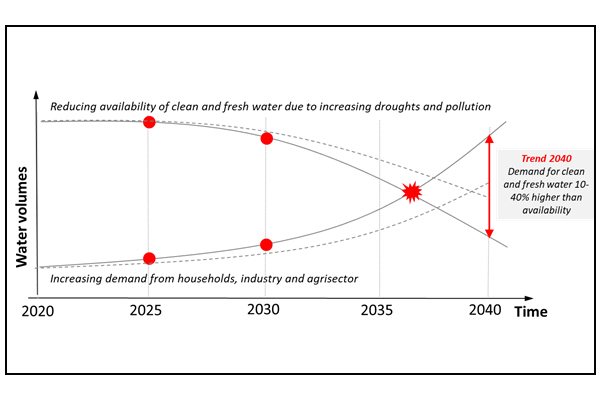

Tipping points
The tool can identify tipping points and other effects at system level. By using AI-technology it is possible to look 20 years ahead and relatively quickly assess the impact of different scenario’s and uncertainties
AquaVest supports public-private sector collaborations and joint decision making on investments in building new or renovating existing assets, like treatment plants, pipelines or storage facilities.
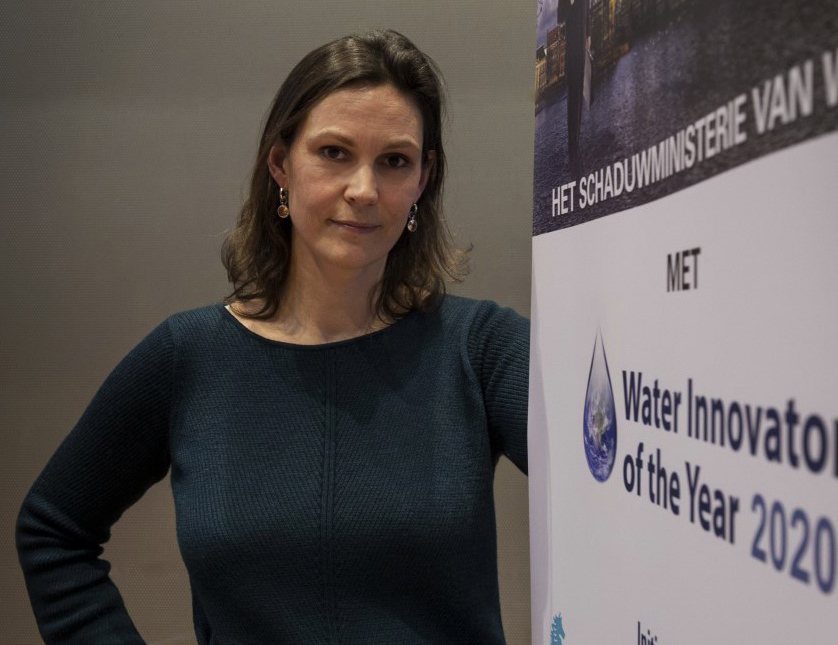

Pain-gain sharing
Founder and creative director Duska Disselhoff at Frontier Ventures explains that the tool can support stakeholder management at watershed level. ‘We define scenarios and feed the tool with investment options for a more sustainable use of the available water resources’.
‘This provides transparency in the costs and benefits of potential options and facilitates constructive dialogues on pain-gain sharing amongst the stakeholders’, Disselhoff adds.
Industrial water users
Last year AquaVest was applied to an industrial area in Tilburg, the Netherlands. Four large water-consuming companies, the local water utility and two responsible water authorities participated in the analyses of the best water infrastructure solutions for all parties.
The groundwater resources were under pressure while at the same time the four companies discharged part of their treated waste water to the surface water, that quickly flows to the North Sea. The pilot with the AquaVest algorithm showed that a collective investment could drastically reduce the intake of ground- and drinking water. For an additional two percent of total system costs over 2020 to 2040, the water intake could potentially be lowered to 30 percent in 2040.
Eye-opener
According to Disselhoff, the mapping of the existing water infrastructure was an eye-opener in itself. ‘We could show the stakeholders the current and future water balances, taking their needs, variables and system dependencies into account.’
'AquaVest can be applied to any setting and by any country or sector, both public and private, that suffers from physical water scarcity. It is this kind of innovation that will enable SDG6 to be realized all over the world!’, she adds as a closing remark.




